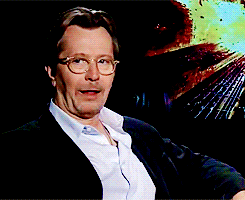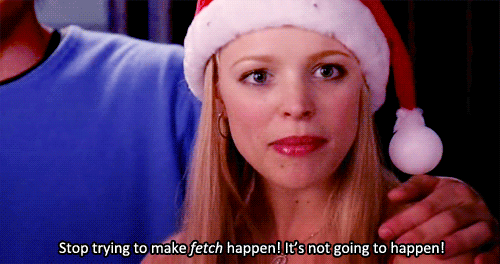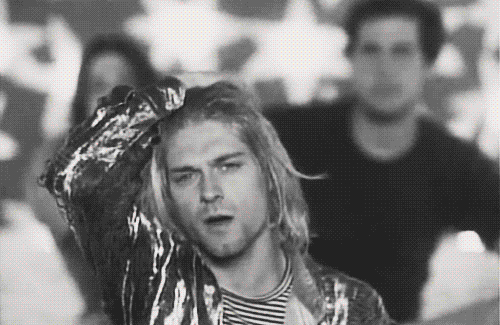What’s the difference between a journalist and a curator? —David Johnson, Berkeley, CA
As David Carr of The New York Times put it at South By Southwest this year, “We’re all in the same business in a way. Ours is supported by ads; theirs is supported by borrowing content from elsewhere. Both of them seem like fairly tenuous business models.”

Ouch, right? But there’s not always such a bright line between the two. Not all curators are journalists, but all successful journalists are curators: We pull together relevant material from a variety of sources. The difference is that journalists are also creating new material. We’re picking up the phone to interview experts, making photographs, documenting events, spending hours with interesting people who don’t have Twitter accounts. And yeah, sometimes we use information or quotes that originally appeared in other sources (with proper credit, of course).
Many media companies are thriving because they’re striking a balance between original reporting and curation. See: The Huffington Post, which has a reputation as an evil aggregator but whose beat reporters routinely break stories. Or The Atlantic, one of the country’s oldest thought-leader publications, which has an entire vertical (The Atlantic Wire) that relies on linking out and piggybacking on stories and conversations started elsewhere. Or, as they put it, “your authoritative guide to the news and ideas that matter most right now.” Smaller outlets, like The Morning News, have also adopted the hybrid model.
Then there are the sites would not exist without the original work of others, sites that function almost exclusively as filters for sifting through the vast Internet (such as Longform.org for narrative journalism, or But Does It Float for art and design). The success of these sites proves that curation is its own skill, and a valuable one at that.
But what, if any, obligation do the curators have to the curated? Carr has written that “Naughty aggregation is analogous to pornography: You know it when you see it.“ Some self-identified curators are not satisfied with the pornography test. They would prefer everyone use a pair of symbols or take a pledge to find and cite the origin of every link and source of inspiration. (My favorite response to this idea came from BusinessWeek’s Jennifer Daniel.) This symbol usage is extreme. And also extremely unlikely to be widely adopted.

The rules for ethical curation are simple. I’ll let Gawker’s Hamilton Nolan explain: “Give credit to sources of information, link back, don’t blockquote to a ridiculous degree (you guys at The Atlantic might want to double check on that one), etc. Everyone who cares about not being a prick already does these things, or tries to do them, and, if notified of not doing them, should correct them.”
Do you still believe that journalists are creators, and curators are thieves, and these two distinct groups of media-makers do not overlap? WAKE UP. Smart journalists function as aggregators, too, and want their work to be aggregated and curated by third parties. If you expect everyone to find all of your work by coming to you directly, I hope you enjoy toiling in obscurity. If you want to reach the people most interested and invested in the topics you’re reporting on, stop hating on curators. You have more in common than you think.
How do you react when your editor in chief and publisher’s resignations are announced on the same day? —Foster Kamer, The New York Observer

In need of some #realtalk? Email your questions, conundrums, and requests to editorrealtalk@gmail.com.
Ann Friedman is a magazine editor who loves the internet. She lives in Los Angeles
